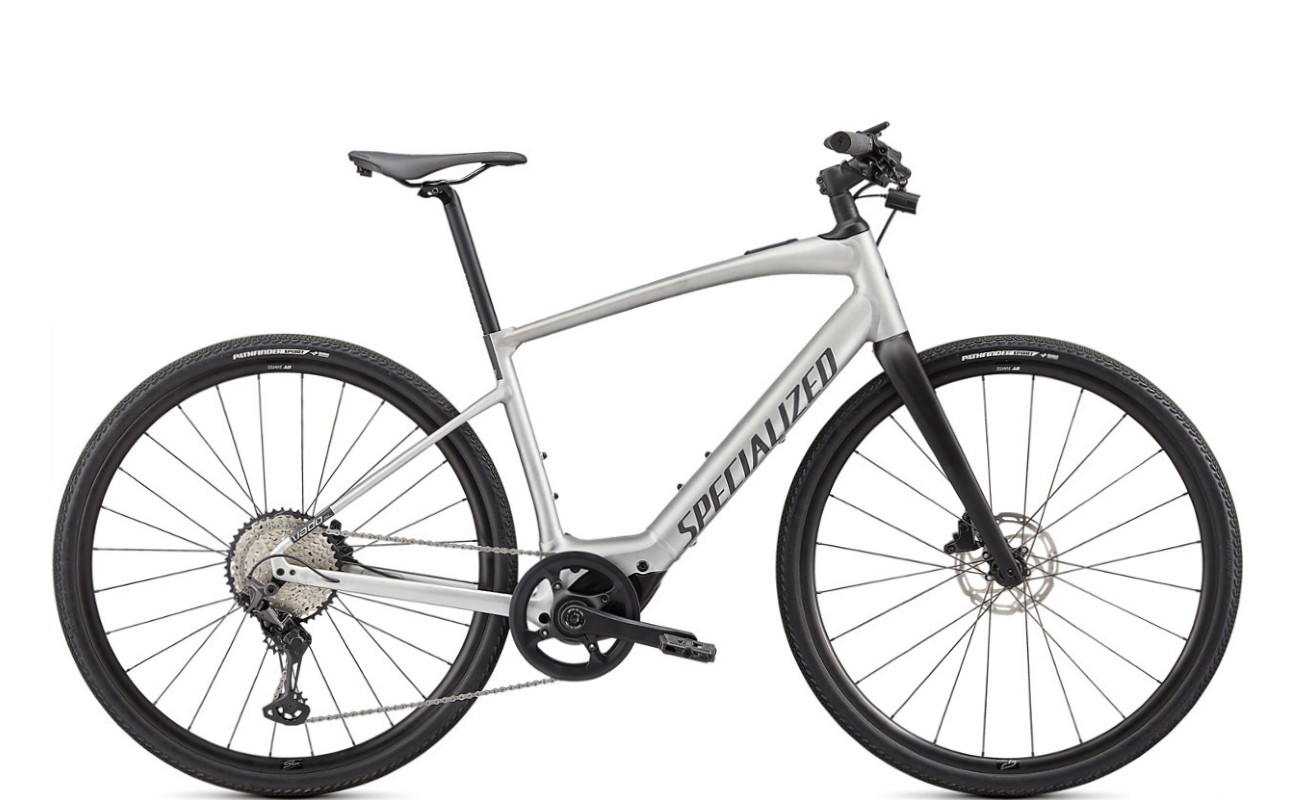i agree with this, i often ride my turbo creo (class 3, but only 250/300w) along a roughly 2 mile dead flat path along the northern waterfront here, and the choices are the road (half of which has a bike lane) or a mixed use path which varies from 10-20 feet wide but is very heavily frequented by joggers, walkers, dogs, kids, and rented-bike riders. with a tailwind (there's always a west-east wind here in the afternoon) 28mph is easily achievable, even without using that much power. absolutely, completely, insanely unsafe. when i'm riding into the wind, i often ride the path at approx 15mph, which takes some work. with the wind, i ride in the street.
of course the bike is class 3 either way, and i honestly have no idea if it's allowed, but it's usually turned off, which adds to the silliness of what some jurisdictions have done. if a regular bike is legal, a turned-off ebike should be legal too. common sense says that the energy involved in a collision at a given speed and mass is the same with the motor on or off, so a speed limit on the path would suffice.
View attachment 89247
on this left half, i ride in the on-road bike lane both ways.
on the right half, i ride in the mixed use path at approx 15mph westbound, and in the road at approx 25-30mph eastbound.
i believe this one even has a sign which says "faster bike traffic use road-side bike lane" to discourage people from going dangerously fast in the mixed-use-path.
View attachment 89248

